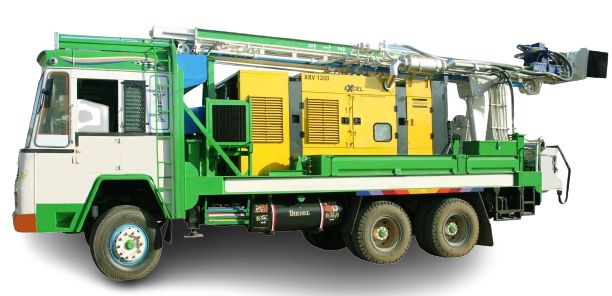CNC machining is at the heart of modern manufacturing — powering everything from aerospace parts to custom furniture. If you’re a beginner curious about how this process works, this guide will walk you through the fundamentals, components, operations, and how to get started safely and efficiently.
What Is CNC Machining?
CNC (Computer Numerical Control) machining is a subtractive manufacturing method where computer-generated code directs machine tools to cut, drill, or mill material into precise parts. Unlike manual machining, CNC requires minimal human input once a program is loaded, making it ideal for high-accuracy, repeatable production.
1. Core Concepts of CNC Machining
Numerical Control
- Machine motion is controlled by G-code — which defines coordinates, speeds, and tool paths.
- Commands like G01 X10 Y10 F300 move the tool linearly to specific positions.
Automation
- CNC systems can operate unattended (“lights-out manufacturing”).
- Minimizes human error and boosts throughput.
Axes of Movement
- 2-Axis: X and Z (simple turning)
- 3-Axis: X, Y, Z (standard for most milling)
- 4/5-Axis: Adds A/B/C rotations for complex curves and undercuts (e.g., turbine blades)
2. Main Components of a CNC System
| Component | Function |
|---|---|
| Controller | The “brain” interpreting G-code and issuing motor commands |
| Machine Tool | Hardware that performs cutting (mill, lathe, router, etc.) |
| Spindle | Rotates cutting tools at set RPM for precision material removal |
| Axes & Guideways | Provide precise linear and rotational movements across machine frames |
| Drive Motors | Servo or stepper motors executing motion commands |
| Tool Changer | Automatically switches tools during operation for multi-step jobs |
| Workholding | Devices like vises or chucks that keep the material firmly in place |
Tip: Poor work holding causes more errors than poor programming.
3. How CNC Machining Works
1.Design the Part (CAD)
- Create a 2D or 3D model in software like Fusion 360, SolidWorks, or TinkerCAD.
2.Program the Toolpaths (CAM)
- Import the CAD model into a CAM tool to define operations, feeds, and speeds.
3.Post-Processing
- Export toolpaths as machine-specific G-code.
4.Machine Setup
- Load G-code into the CNC controller
- Secure the material and install tools
5.Dry Run
- Perform an “air cut” to ensure there are no collisions.
6.Production Run
- Begin cutting with real material and monitor the first few passes.
7.Finishing
Deburr, inspect, and apply post-processing (e.g., anodizing, coating).
4. Common CNC Machining Operations
- Milling – Ideal for flat surfaces, slots, and complex 3D shapes
- Turning – Rotates the workpiece against the tool (great for shafts and cylinders)
- Drilling – For creating round holes
- Boring/Reaming – Enlarges or finishes drilled holes to precise dimensions
- Profiling – Traces shapes or outlines (common in router operations)
5. Benefits for Beginners
Easy to Learn
- User-friendly CAM interfaces with drag-and-drop simulation
- Extensive YouTube tutorials, online courses, and G-code libraries
Scalable Skills
- Start with desktop machines → transition to industrial systems
Supportive Community
- CNC forums, Reddit groups, and maker communities offer constant peer advice
6. Getting Started: Tips for New Users
Learn the Basics of G-code
- Essential commands:
- G0/G1 – Linear moves
- G2/G3 – Arcs
- M3/M5 – Spindle control
- T1/M6 – Tool changes
Simulate Before You Cut
- Tools like CNC Simulator Pro or Fusion 360’s Preview Mode help prevent costly mistakes.
Start Small
- Buy a desktop CNC machine (e.g., Shapeoko, X-Carve) to learn affordably.
Master Work holding Early
- Poor fixturing = bad results, no matter how good your code is.
Prioritize Safety
- Always wear PPE.
- Never leave machines running unattended without supervision (unless designed for it).
7. Real-World CNC Applications
| Industry | Use Case |
|---|---|
| Prototyping | Quickly test design ideas for startups or product teams |
| Custom Manufacturing | Build niche components for robotics, automotive, aerospace |
| Education | CNC is central to engineering and vocational curricula |
| Small-Scale Production | Jewelry making, sign engraving, and boutique furniture |
